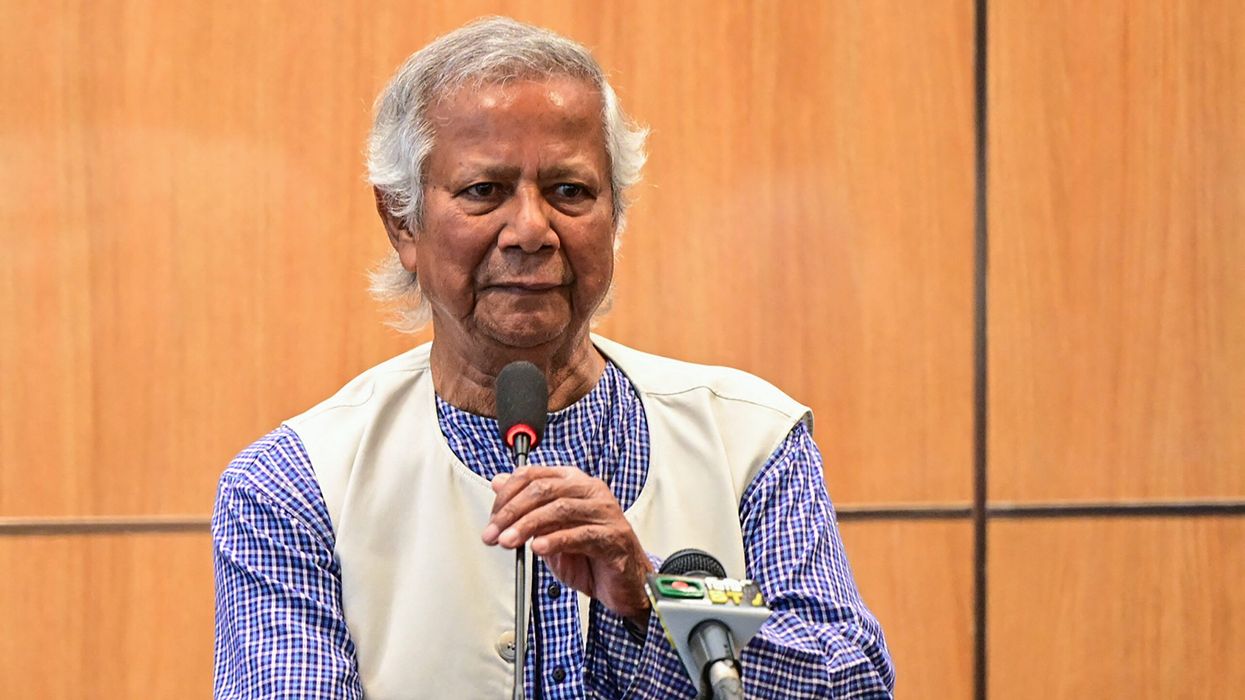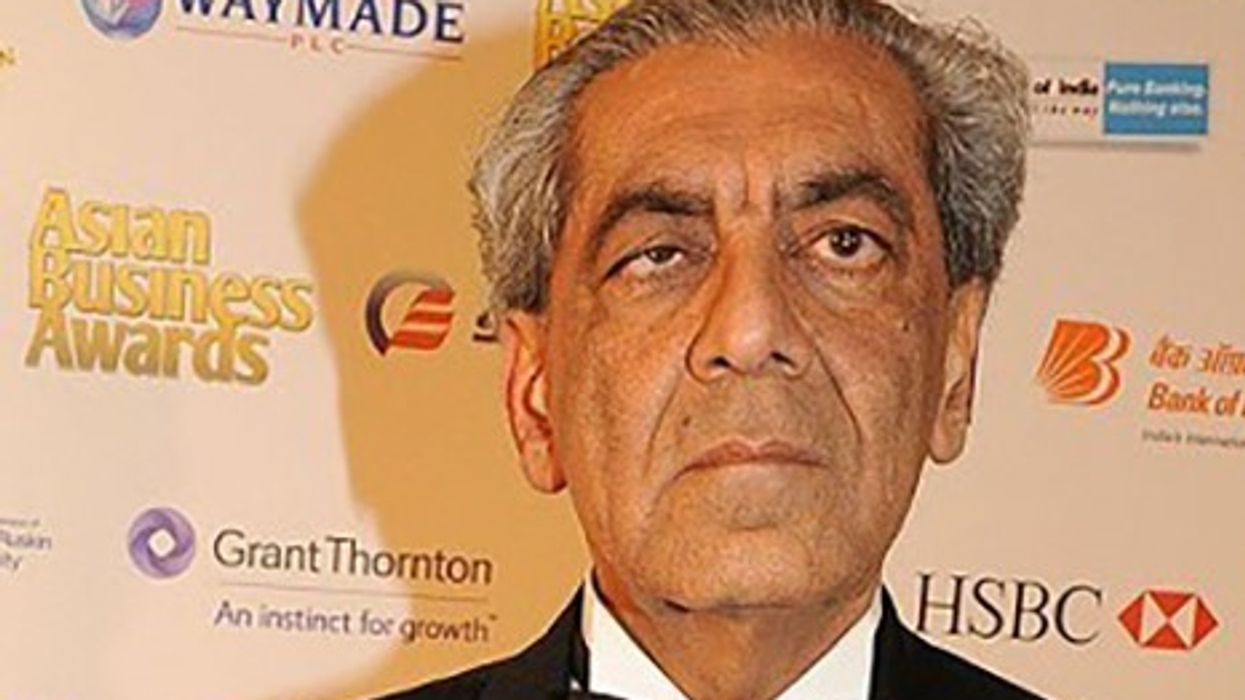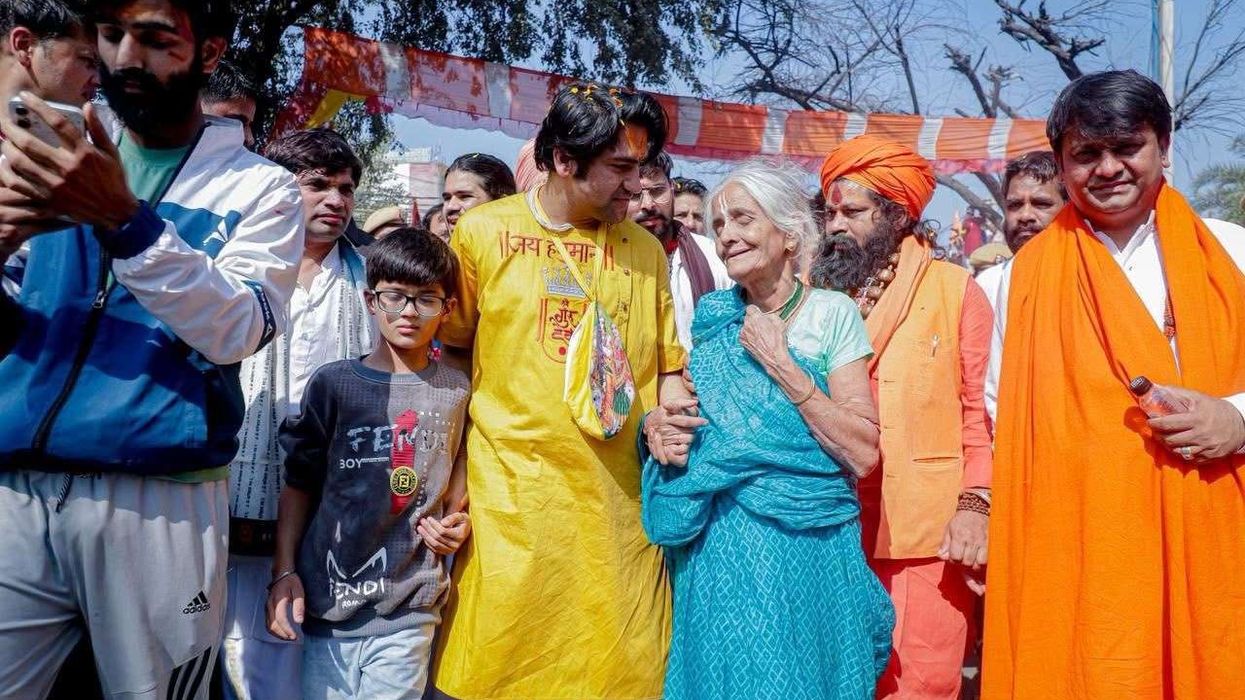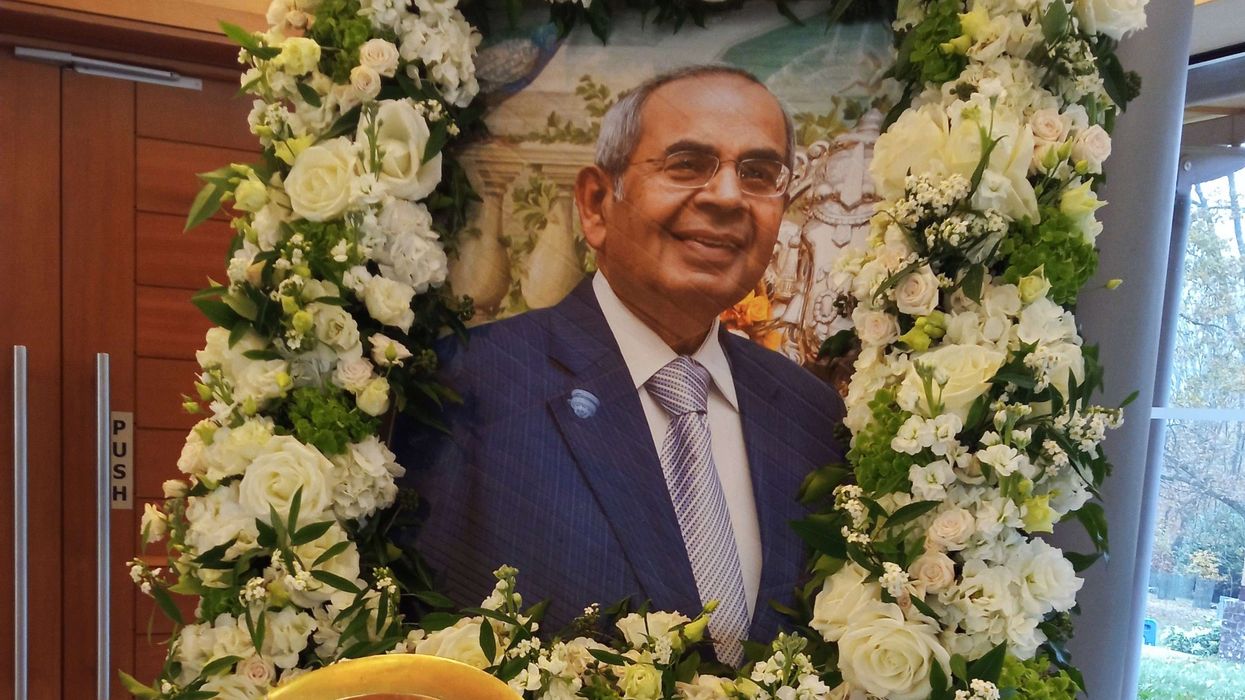AUTHORITIES in India's Jammu and Kashmir are investigating a mysterious illness that has led to 17 deaths, according to local media reports.
The fatalities, including 13 children, have occurred in the remote village of Badhaal in Jammu's Rajouri area since early December.
The village has been declared a containment zone, and around 230 residents have been quarantined, the Press Trust of India (PTI) reported.
All the victims showed signs of damage to the brain and nervous system, according to Amarjeet Singh Bhatia, the head of Rajouri's government medical college.
"The winter vacations have also been cancelled to deal with the medical alert situation," PTI quoted Bhatia as saying.
The victims were members of three related families, and an investigation has been launched by the federal government.
Health minister Jitendra Singh stated that initial findings suggest the deaths were "not due to any infection, virus or bacteria but rather a toxin."
"There is a long series of toxins being tested. I believe a solution will be found soon. Additionally, if there was any mischief or malicious activity, that is also being investigated," Singh said, as quoted by PTI.
Separately, in Pune, at least 73 cases of Guillain-Barre Syndrome (GBS), a rare nerve disorder, have been reported. Those affected include 26 women, with 14 patients currently on ventilator support, according to PTI.
GBS occurs when the immune system attacks peripheral nerves, according to the World Health Organization. Symptoms can include muscle weakness, loss of sensation in the limbs, and difficulty swallowing or breathing.
(With inputs from agencies)









